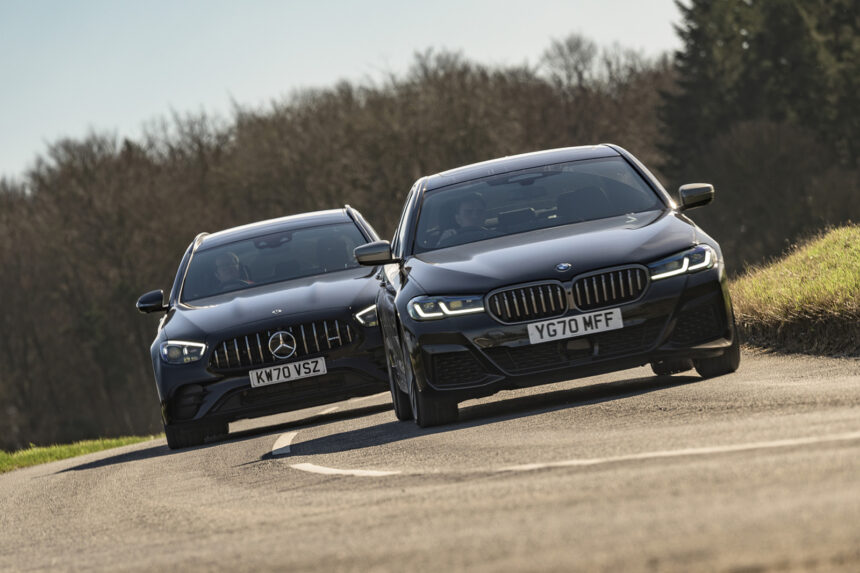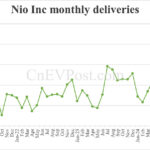New Changes to Vehicle Excise Duty for Electric and Hybrid Cars
As of April 2025, there have been significant changes to the Vehicle Excise Duty (VED) for electric and hybrid cars in the UK. Previously, electric vehicles (EVs) were exempt from VED, but that exemption has now been lifted. New EVs are now required to pay a first-year rate of £10, followed by a standard rate of £195 from the second year onwards.
Additionally, electric, zero, or low-emission cars registered between April 2017 and March 2025 are now also subject to the standard rate of £195, bringing them in line with other vehicles on the road.
For new EVs registered on or after April 2025 with a list price exceeding £40,000, there is an additional ‘expensive car supplement’ to be paid on top of the standard rate. This supplement is applicable for the first five years of ownership.
Hybrid vehicles have also seen changes in their VED rates. Cars emitting 1-50g/km of CO2, mainly plug-in hybrids, now face a first-year rate increase from £10 to £110. Those emitting 51-75g/km of CO2 will see their first-year rate rise from £30 to £135.
Calculating Vehicle Excise Duty
For cars registered between March 2001 and March 2017, VED is determined based on their CO2 emissions. Cars registered after April 2017 are subject to a first-year rate based on emissions, followed by a flat rate from the second year onwards. Vehicles priced over £40,000 incur an additional ‘expensive car supplement’ annually for the first five years.
Pre-March 2001 vehicles are taxed according to their engine size in cubic centimeters (cc). Cars with engines equal to or smaller than 1549cc are charged £170 per year, while those with larger engines pay £280 annually.
Tax Bands for Post-April 2017 Vehicles
In April 2017, the UK government introduced a new tax system for vehicles, replacing the previous CO2-based structure with three bands: zero, standard, and premium. Vehicles manufactured post-2017 must pay a first-year rate based on emissions, followed by a standard annual rate of £195.





